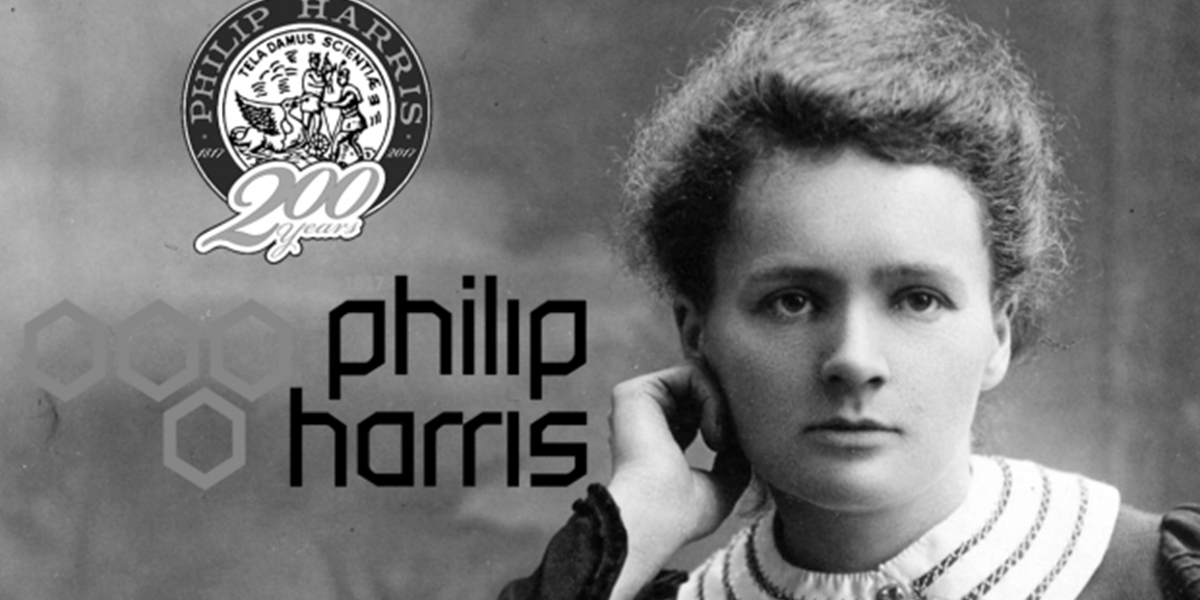The Life of Marie Curie

Welcome to the latest edition of Philip Harris’ 200th birthday blog series, celebrating key dates in science over the past 200 years. This month we’re focusing on pioneering physicist, Marie Curie as it’s the 83rd anniversary of her death on July 4th.
Born Maria Sklodowska on 7 November 1867 in Warsaw, Poland, she was the youngest of five children of poor school teachers.
After her mother died and her father could no longer support her she became a governess, reading and studying in her own time to quench her thirst for knowledge.
To become a teacher – the only alternative which would allow her to be independent – was never a possibility because a lack of money prevented her from a formal higher education. However, when her sister offered her a home in Paris with a view to going to university, she grasped the opportunity and moved to France in 1891.Registering at the Sorbonne she read Physics and Mathematics before meeting her future husband, Pierre.
Work with radiation
After completing her studies Marie and Pierre started working at the School of Chemistry and Physics in Paris, where they started their groundbreaking work researching uranium and the invisible rays that it emits, at the time this was a recent discovery.
Marie made her first discovery with pitchblende, where she observed that the amount of radiation emitted could not be caused by uranium on its own. Buoyed by the initial observations Marie convinced herself that she had discovered a new chemical element, at the time other scientists doubted her results and findings.
Marie eventually presented her analysis of the element after extracting a black powder. At 330 times more radioactive than uranium, polonium was been discovered and was allocated atomic number 84. Following on from this discovery, Marie noted that the liquid left behind after they extracted the polonium was still extremely radioactive, could pitchblende contain another new element?
Working with a company who extracted uranium from pitchblende, Marie acquired the then worthless waste product which transpired to be even more radioactive than the original product. Eventually discovering radium chloride, Marie and Pierre’s health had deteriorated, which now would be put down to radiation poisoning.
Marie’s later life
In 1903 Marie and Pierre were jointly awarded the Nobel Prize for Physics in recognition of their work on radioactivity. Following Pierre’s untimely death in 1906 after an accident in a Paris street, Marie won a second Nobel Prize in 1911, this time for chemistry, for creating a method of measuring radioactivity.
Soon after the outbreak of the First World War, Marie’s tenacious spirit was brought to the fore once again. Marie toured businesses and wealthy meeting clubs of Paris to raise funds for mobile X-Ray machines to be used on the front. Marie and her young daughter, Irene, travelled to the front to u their new X-Ray machine to help diagnose fractures and shrapnel injuries.
After the war, Marie continued her work as a researcher, teacher and head of a laboratory and received many awards and prizes. Among them were the Ellan Richards Research Prize (1921), the Grand Prix du Marquis d’Argenteuil (1923) and the Cameron Prize from Edinburgh University (1931).
“Nothing in life is to be feared; it is only to be understood.”

